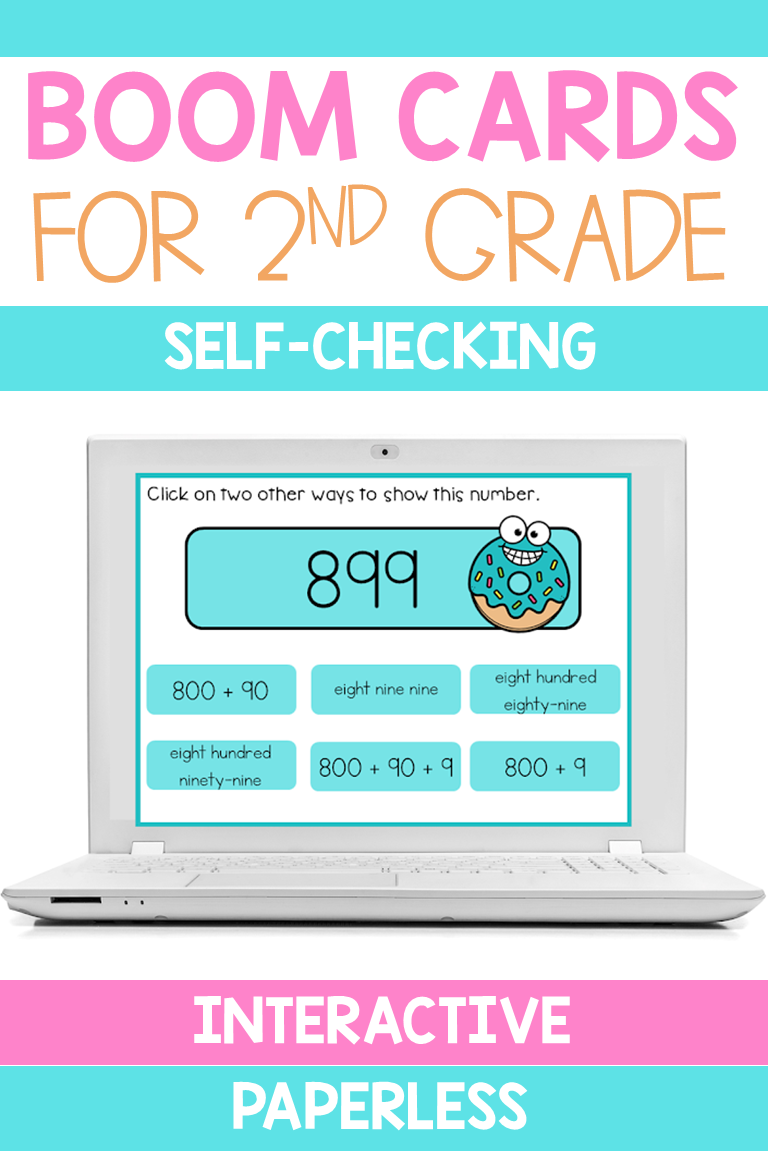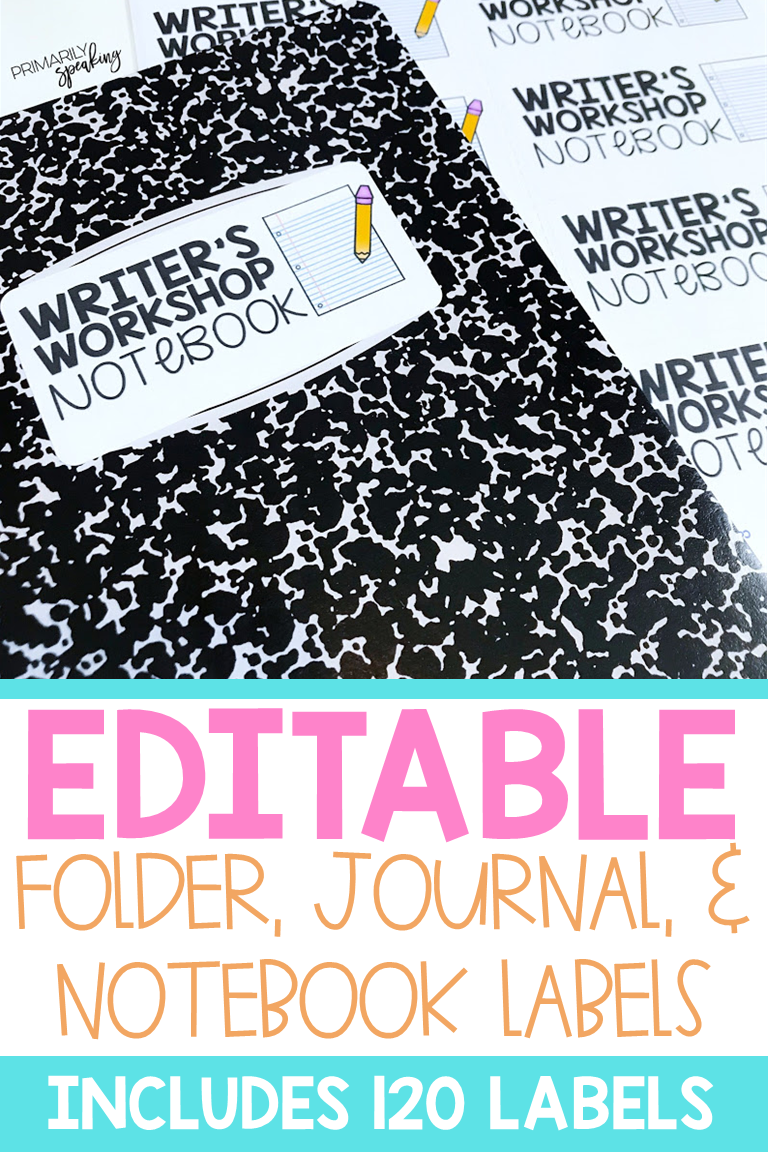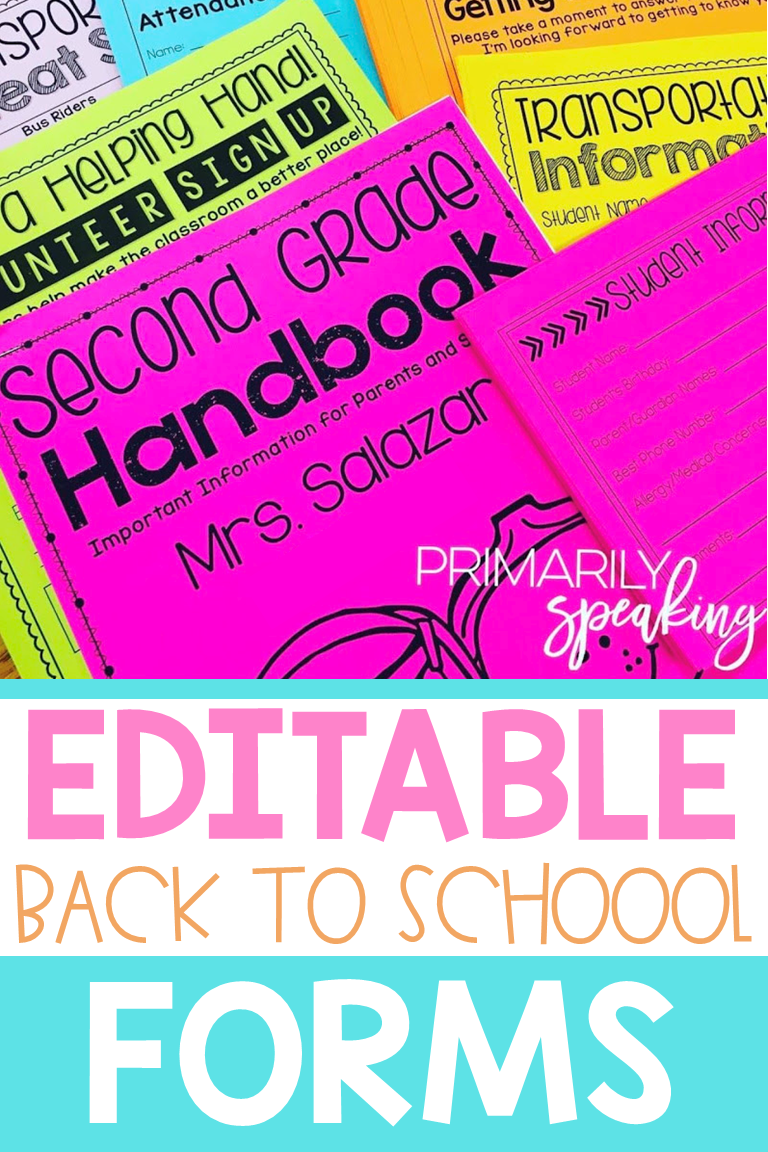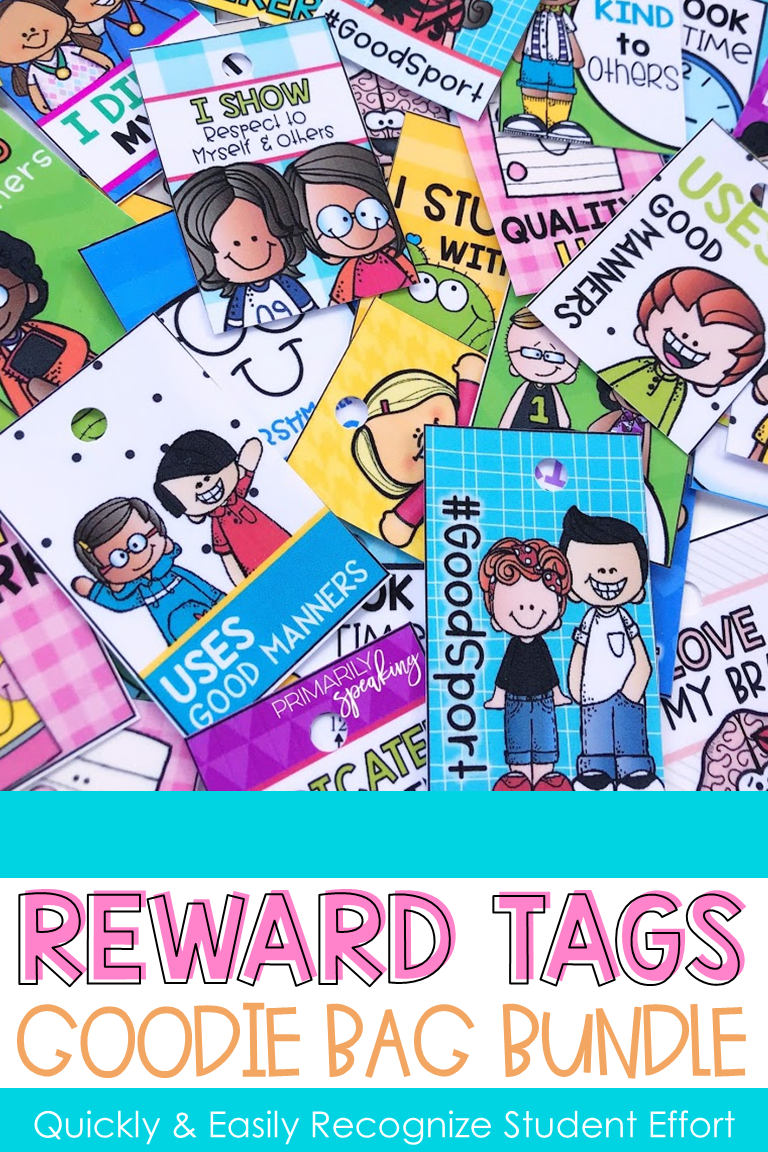Reading Group Journals {A Quick & Easy Idea}
During guided reading, I like to have my students record their thoughts, responses, and other notes in a small journal. It's an effective means of helping them connect to the text and show what they know.My go to journal is not complicated or fancy by any means. It is literally a small stack of paper cut in half and stapled together with a fun cover. Seriously, the journal is comprised solely of blank copy paper that has been cut in half and stapled together as a mini book with the cover shown below stapled on top. That's it.
It's easy to prep and I can use each and every page differently. I'm not locked into any generic prompts or formatting that might deter from what I want my students to focus on when using their journal. Instead, that blank page offers endless opportunities to respond in a manner that meets each group's needs.
I usually stack about 10 pages of paper behind each cover. I have the students use the front and back, so that's 20 pages for responding, which means the journals last a while. They may be easy to prep, I really don't want to be making new journals every week. Although, you totally could if you wanted to. ;)
Each group gets a different color journal cover, to make it a bit easier to group/store them.
So, what do the students write in them? Anything! That is the beauty of a set up like this. If you are working on character analysis, have them write a sentence describing a character from the story.
Here's a list of ways you could use a journal like this:
- Identify the character(s)
- Describe the character(s)
- Identify character thoughts/emotions
- Identify and describe the setting
- Identify the problem/solution in the story
- Retell the story
- Make inferences
- Make predictions
- Identify the main idea/details
- Make connections to self/text/world
- Determine importance
- Stop and jot (students could respond to your prompt, or jot down any thoughts they have once they are told to stop and jot)
- Record wonderings and questions
- Make a glossary of important words (especially perfect for when you're reading nonfiction books)
- Hunt for and record special words (plural nouns, possessives, words that follow a certain sound/spelling pattern, etc.)
Want to give it a try?
Get started by grabbing the free journal cover HERE. Enjoy!
DON'T FORGET IT, PIN IT!

Share It:














No comments:
Post a Comment
I'd love to hear what you have to say!